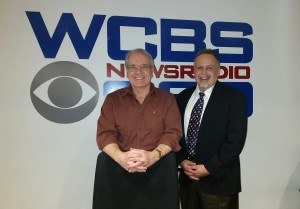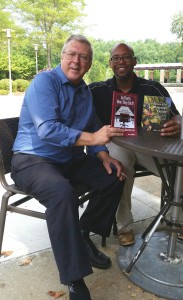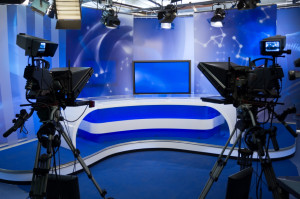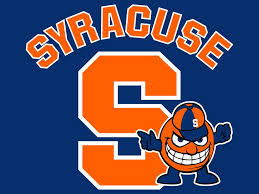 While the Olympic swimmers have wowed us from Rio, Katie Couric, Hillary Clinton, Fortune and Bloomberg Media have plunged head first into waters of a different sort this summer – podcasting. Why the big interest now?
While the Olympic swimmers have wowed us from Rio, Katie Couric, Hillary Clinton, Fortune and Bloomberg Media have plunged head first into waters of a different sort this summer – podcasting. Why the big interest now?
I wanted to find out more about them myself and did by attending a breakfast event this morning hosted by the Princeton Chamber of Commerce. David Bevins, COO of Connoisseur Media, a company which owns more than 30 radio stations in the U.S. and produces podcasts, discussed the brouhaha surrounding podcasting.
You may be surprised to learn that 6 billion podcast episodes were downloaded last year. *
Appearing on a podcast or hosting your own could make perfect sense for your PR strategy.
Podcasts, which are digital audio files, came on the scene about 10 years ago. Since smartphones are ubiquitous, (80% of consumers have one*) they are a convenient way to learn about favorite hobbies, stay informed or be entertained whether exercising, waiting on line, shopping, relaxing at home or commuting.
Subscribers download podcasts from iTunes, Google Play, Stitcher, via an RSS feed or from another provider, directly onto their mobile devices and listen when and where they choose. Most podcasts also offer the option to stream or listen online. There are thousands of niche topics to choose from depending on a consumer’s interests.
Podcasts fit beautifully into our on demand at-your-fingertips world, so everyone is getting into the game – small business owners, major media companies, universities, politicians, news personalities, professors, health & fitness influencers, celebrities, major brands, you name it.
Here are seven benefits intrinsic to podcasts highlighted during this morning’s presentation:
- Versatility – share news, expertise, information and entertain.
- Loyalty – listeners enjoy their favorite podcasts and hosts, so engagement is high.
- They make information personal.
- Connectivity with consumers to help develop trusted relationships.
- Portability for on demand technology.
- Easily woven into a social media marketing strategy to enhance digital presence.
- Can be featured on websites, blogs or newsletters for an inside look into a business, brand, leaders, cause, event, industry trends, etc.
To learn more about podcasting from a business perspective, professional podcaster Steve Lubetkin has co-authored The Business of Podcasting, He says in The Talking Points podcast of which he was a guest, that a goal of podcasters should be to attract the right listeners to your subject matter and not to be concerned with acquiring a mass audience.
Some like NPR and Wharton have been at it for a while. I learned that NPR’s “Fresh Air” with host Terry Gross is the most highly downloaded podcast. Knowledge@Wharton produces many podcasts featuring CEOs, Wharton faculty and experts on business trends, breaking news and market research.
This summer Bloomberg debuted the “Game Plan” podcast exploring the workplace with two of their reporters as co-hosts. Fortune launched “Unfiltered” with Digital Editor Aaron Task as host featuring in-depth conversations with business leaders and the Katie Couric Podcast with big names in the news, politics and pop culture chatting with Katie just began.
Debbie Galant, former New York Times Jersey columnist and current publisher of Midcentury Modern on Medium, launched a new podcast, In the Attic about the things we acquire and the importance they hold in our lives (or not).
On August 12 the “With Her” podcast was launched featuring Hillary Clinton as a co-host with former journalist Max Linsky as a lead up to the November election.
Podcasts, whether as a host or by being a guest on one, are another effective business communications tool to consider in this digital age.
*Source – Connoisseur Media




